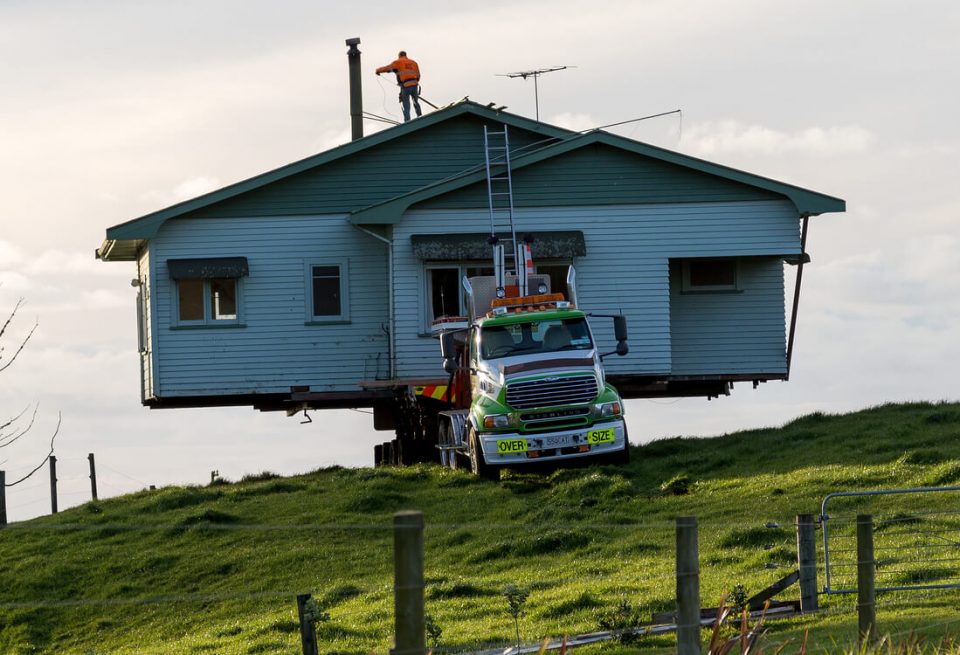Moving House Do’s and Don’ts

Some things just aren’t meant to be moved. Make sure you’re aware of the moving house do’s and don’ts to keep you, your family, your possessions and your removalists safe.
The Dangerous Goods Act 1985
This act sets out regulations relating to the transport of dangerous goods. Your moving company is prohibited from moving anything that is toxic, combustible, explosive, flammable, corrosive, oxidising or water-reactive. It’s your responsibility to safely dispose of any items that fall under this category before you move.
Click on the link at the bottom of the page for a comprehensive list of all the things that can’t be moved.
Exceptions to the Act
There are a few goods that can be moved if they are packed correctly:
- Lawn Mowers and Gardening Equipment: Machinery can be moved if fuel and oil have been drained.
- LPG Gas Bottles: If LPG gas bottles are completely empty and placed at a safe distance from ignition points they can also be moved to your new address.
- Hand Guns: Weapons such as air guns, replicas and non-automatic hand guns can be moved if ammunition and firing mechanisms have been moved.
- Scuba Tanks: If you want to move your Scuba tank you need to make sure that is completely empty and the valve has been left open or removed.
The Do’s and Don’ts of Moving
Do’s
- Have your access points planned before you start moving. Consider safety hazards, such as puddles, gates and trees.
- Give everyone a clear role to avoid people getting in each other’s way.
- Clear out paths to access points so traffic can move quickly.
- Wear appropriate footwear. Boots are the best option but runners will also work. You may even choose to work with gloves for better grip.
- Wear long sleeve tops and pants to protect against cuts and grazes.
- Get someone to look after any children or pets. You don’t want toddlers and dogs running around your feet while you’re ferrying the contents of your life into the back of a truck.
Don’ts
- Forget to plan for the weather. If you’re moving in summer you need to try and get everything loaded as early as possible so you’re not stuck in the midday sun. If you’re moving during winter look at the rain map and make sure everything is loaded before the rain sets in.
- Lift with your back. House moves have been the cause of many ruined backs and years of pain. You need to lift with your knees and focus the weight of what you’re lifting on large muscle groups.
- Push through fatigue. Fatigue is a sign that you need to slow down. If you try and push through you increase the chances of causing an accident. The best way to move is to work in short, sharp burst with plenty of breaks.
- Organise the right tool. You need moving trolleys, moving blankets as well as packing materials to do the job properly. If you try to get the job done with what you have on hand the move will take longer than it needs to and your property and your items will be damaged.
For even more expert tips, download this moving house do’s and don’ts checklist.
